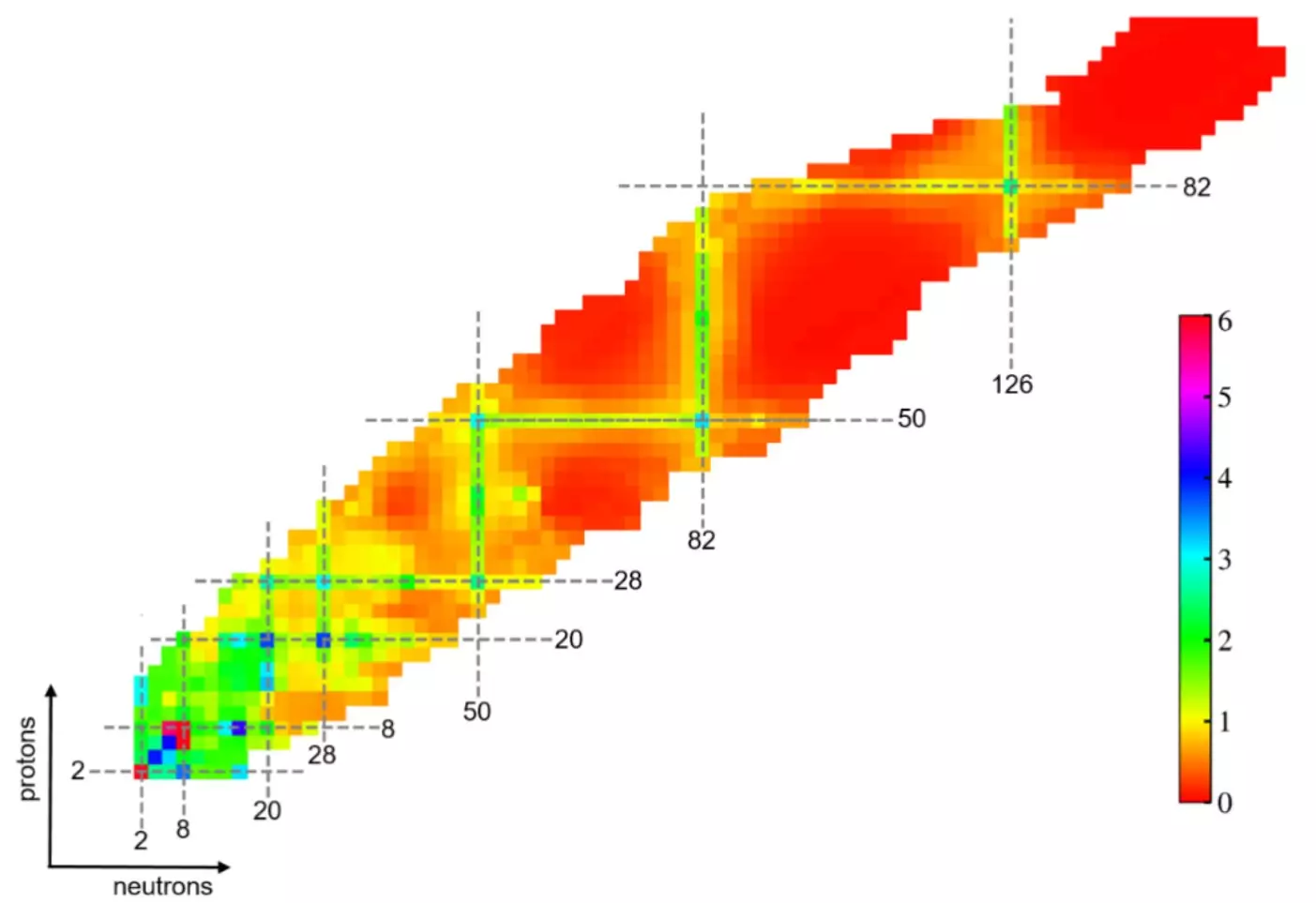The atomic nucleus, a fundamental component of matter, is composed of protons and neutrons, collectively known as nucleons. The arrangement and behavior of these nucleons determine the properties of the nucleus, including stability, energy levels, and various physical phenomena. Nuclear physics has long been fascinated by the concept of “magic numbers,” which represent specific quantities of nucleons that confer enhanced stability on the nucleus. The importance of these numbers, discovered in the 1930s, has prompted numerous studies aimed at understanding their role in nuclear structure.
However, recent research raises questions about the permanence of these magic numbers, particularly in less stable nuclei that exist at the fringes of the so-called stability valley. A recent study published in *Physics Letters B*, involving a collaboration between the Institute of Modern Physics at the Chinese Academy of Sciences, Huzhou University, and the University of Paris-Saclay, sheds new light on this evolving landscape of magic numbers.
The application of modern machine learning techniques has revolutionized many fields, and nuclear physics is no exception. Researchers increasingly harness algorithmic power to analyze complex data sets and draw insights that traditional methods often miss. In the context of nuclear structure, machine learning has proven particularly useful in identifying magic numbers by examining the energy levels of excited states and the probabilities of electromagnetic transitions between them.
Traditionally, nuclear physicists relied on established models to predict these quantities. However, differences in experimental results often led to inconsistencies, prompting the need for more accurate and robust methods. The recent study utilized advanced machine learning algorithms, which were able to accurately reproduce experimental data on low-lying excited states and transition probabilities across a variety of even-even nuclei.
One of the standout revelations of this research was the disappearance of the neutron magic number 20 in oxygen-28. Historically regarded as a stable configuration, the findings suggest that the properties of nuclei far from stability are more fluid than previously thought. This significant change challenges established notions about the rigidity of magic numbers and prompts further investigation into the behavior of nucleons in extreme conditions.
Conversely, the study confirmed that the classic magic number 50 persists in the doubly magic nucleus tin-100. This reaffirmation of traditional magic numbers amidst the discovery of their potential variability underscores the complexity of nuclear interactions. The balance between stability and instability in atomic nuclei invites a deeper inquiry into the fundamental forces at play and their implications regarding our understanding of matter.
The implications of this study extend beyond theoretical curiosity; they provide a foundation for future experimental endeavors. As researchers utilize rare-isotope facilities, such as the High Intensity Heavy-Ion Accelerator Facility in China, the insights gained from machine learning analyses will be crucial in guiding measurements of low-lying excited states and electromagnetic properties.
The successful combination of traditional nuclear physics with modern computational techniques paves the way for a new era of discovery in the field. Researchers foresee that enhancing our understanding of fundamental nuclear properties will not only refine existing models but also potentially unveil new physics phenomena previously hidden within complex nuclear interactions.
This recent foray into the realms of nuclear physics demonstrates the profound impact that machine learning can have on our understanding of atomic nuclei. By challenging established norms regarding magic numbers and showcasing the adaptability of nuclear properties, researchers are rewriting the narrative of nuclear structure. As the field advances, interdisciplinary collaborations and technological innovations promise to propel our understanding of the universe’s building blocks into new frontiers, cementing the importance of atomic nuclei in the broader tapestry of physics.


Leave a Reply